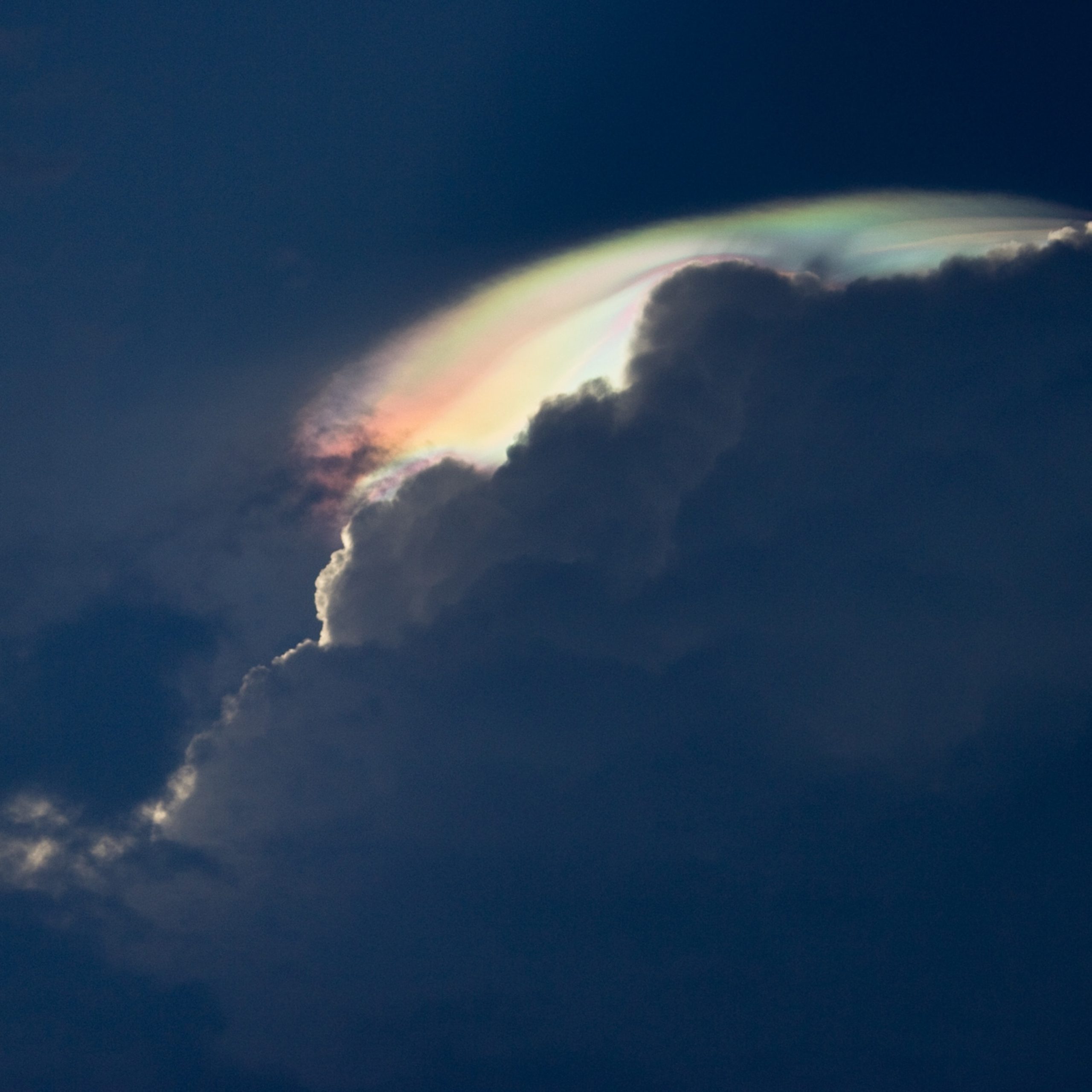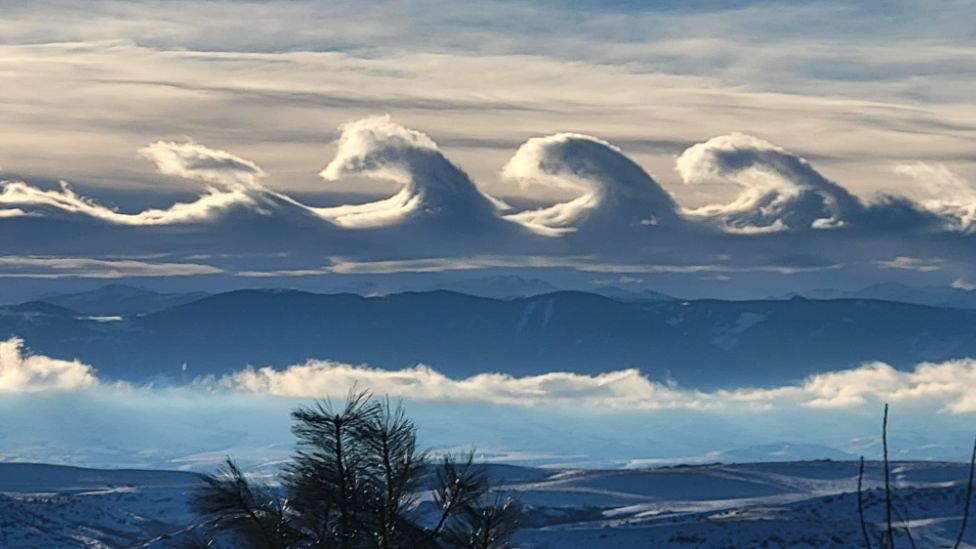Introduction
Clouds have always fascinated us with their ever-changing shapes, colors, and textures. They not only add beauty to the sky but also play a crucial role in our planet’s climate system. In this blog post, we will explore the science behind cloud formations and appreciate the mesmerizing beauty they bring to our world.
2. What are Clouds?
Clouds are visible masses of water droplets or ice crystals suspended in the Earth’s atmosphere. They form when warm air rises, expands, and cools, causing water vapor to condense into tiny droplets or ice crystals around microscopic particles called cloud condensation nuclei.
2.1 Types of Clouds
Clouds are classified into various types based on their altitude and appearance. Some common cloud types include:
2.1.1 Cumulus Clouds
Cumulus clouds are fluffy, white clouds with a flat base and a rounded top. They often resemble cotton balls and are typically associated with fair weather.
2.1.2 Stratus Clouds
Stratus clouds are low-lying, uniform clouds that cover the sky like a blanket. They are often gray and can bring drizzle or light rain.
2.1.3 Cirrus Clouds
Cirrus clouds are high-altitude clouds that appear thin, wispy, and feathery. They are composed of ice crystals and are often a sign of fair weather.
3. How Do Clouds Form?
Cloud formation involves several key processes:
3.1 Evaporation
Clouds begin their formation when the sun’s heat causes water bodies, such as oceans, lakes, and rivers, to evaporate. This process converts liquid water into water vapor, which rises into the atmosphere.
3.2 Condensation
As the warm, moist air rises, it encounters cooler temperatures at higher altitudes. This causes the water vapor to condense into tiny water droplets or ice crystals around cloud condensation nuclei, forming visible clouds.
Summary
Clouds are not just fluffy masses floating in the sky; they are complex formations that result from various atmospheric processes. Understanding the science behind cloud formations can help us appreciate their beauty even more. Clouds are formed when warm, moist air rises and cools, causing water vapor to condense into tiny water droplets or ice crystals. The shape, color, and texture of clouds depend on factors such as altitude, temperature, humidity, and the presence of other particles in the atmosphere.
Clouds come in a wide variety of forms, including cumulus, stratus, cirrus, and nimbus. Each type has its own unique characteristics and is associated with different weather conditions. For example, cumulus clouds are often fluffy and white, while stratus clouds appear as a uniform layer covering the sky. Cirrus clouds, on the other hand, are thin and wispy, resembling delicate brushstrokes.

Cloud formations can also create stunning visual displays, such as the vibrant colors during sunrise and sunset. The interaction of sunlight with cloud particles scatters and refracts light, resulting in breathtaking hues of red, orange, pink, and purple. Additionally, the presence of atmospheric phenomena like rainbows, halos, and iridescent clouds further adds to the enchantment of cloud formations.
Clouds not only captivate us with their beauty but also play a vital role in Earth’s climate system. They reflect sunlight back into space, which helps to cool the planet. They also trap heat emitted by the Earth’s surface, acting as a natural blanket that keeps our planet warm. Clouds also influence precipitation patterns, as they are responsible for the formation of rain, snow, and other forms of precipitatio click for more n.
Next time you gaze up at the sky and admire the intricate patterns of clouds, remember the fascinating science behind their formations”
- Q: What are clouds made of?
- A: Clouds are made up of tiny water droplets or ice crystals that have condensed from water vapor in the air.
- Q: How are clouds formed?
- A: Clouds are formed when warm air rises and cools, causing the water vapor in the air to condense into visible droplets or ice crystals.
- Q: What factors affect the formation of different cloud types?
- A: Cloud formation is influenced by factors such as temperature, humidity, air pressure, and the presence of particles or aerosols in the atmosphere.
- Q: What are the different types of clouds?
- A: The main cloud types include cumulus, stratus, cirrus, and nimbus clouds. Each type has its own distinct characteristics and appearance.
- Q: How do clouds get their different shapes?
- A: Clouds can have various shapes due to differences in air currents, wind patterns, and the presence of obstacles such as mountains. These factors influence the way clouds form and evolve.
- Q: What is the significance of cloud formations in weather forecasting?
- A: Cloud formations provide valuable information to meteorologists for weather prediction. The type, height, and movement of clouds can indicate atmospheric conditions and help forecast upcoming weather patterns.
- Q: Can cloud formations be used to predict storms?
- A: Yes, certain cloud formations, such as dark and towering cumulonimbus clouds, are often associated with thunderstorms and severe weather. Monitoring these formations can help predict the likelihood of storms.
- Q: Are there any rare or unique cloud formations?
- A: Yes, there are several rare cloud formations, such as lenticular clouds, mammatus clouds, and noctilucent clouds. These formations are less commonly observed but are visually striking.
- Q: How can I learn more about cloud formations?
- A: You can explore books, online resources, or attend meteorology courses to deepen your understanding of cloud formations and their scientific and aesthetic aspects.

Welcome to my website! My name is Hayden Statton, and I am thrilled to share my passion for outdoor adventures, cultural festivals, and the exploration of heritage sites with you. As a professional outdoor gear sales representative, I have dedicated my career to helping individuals like you embark on unforgettable journeys and create lasting memories.

